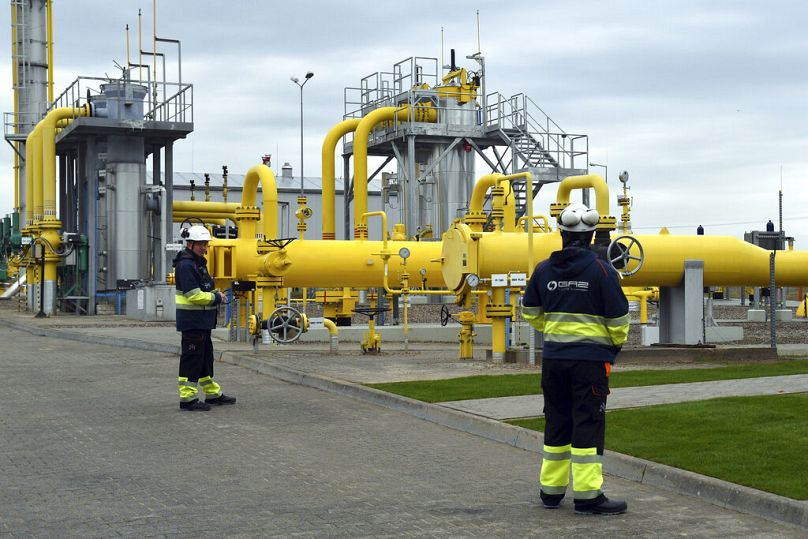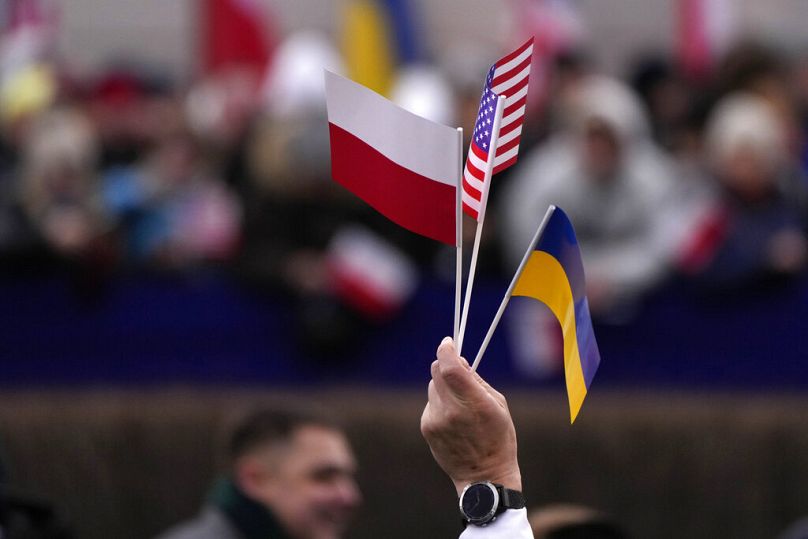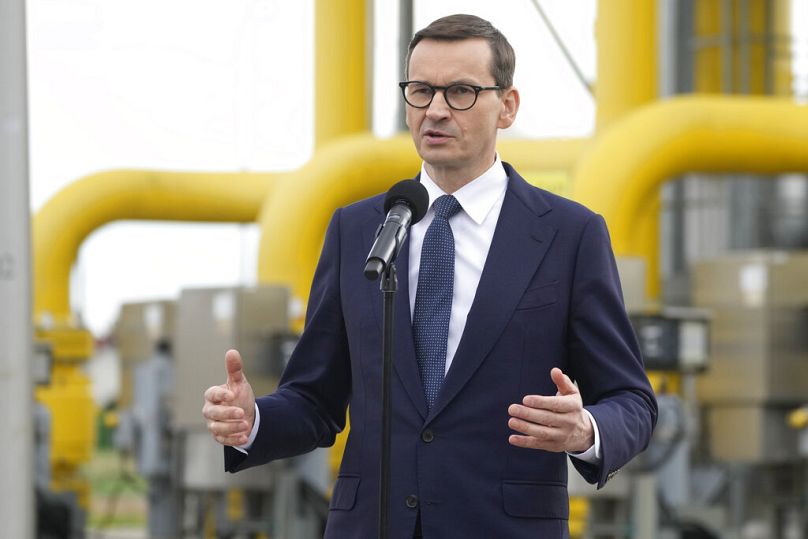US energy diplomacy has the unique potential to foster a diversified energy market but also the development of clean and renewable energy not just in Poland but in CEE as a whole, Nathan Alan-Lee writes.
Since Russia's full-scale invasion of Ukraine in February 2022, and Europe’s progressive decoupling from Russian energy supplies, the need for new infrastructure has become a critical challenge in repowering the European Union.
The conflict has exposed Europe’s unsustainable and insecure reliance on the vast network of pipelines bringing natural gas from Russia and underscored the staggering investment required to substitute Moscow's gas flows.
Against this backdrop, Washington’s energy diplomacy has looked to be a vital stopgap in Europe’s transition, not only as a source of liquid natural gas or LNG to compensate for reduced Russian supplies but also as a partner in developing new infrastructure corridors to receive and distribute gas from LNG imports.
This has undoubtedly been the case in Central and East Europe, a region highly impacted by the end of Eastern gas flow.
Washington steps in to deepen ties
Poland has emerged as a prime partner for transatlantic cooperation and investment in energy infrastructure, and the US is taking full advantage of this opportunity to deepen ties and increase its presence.
In early June, the US International Development Finance Corporation pledged up to $500 million (€458m) to “facilitate a higher volume of US LNG imports”.
The recipient of these funds is to be Poland’s state-controlled PKN Orlen, one of the largest petrochemical companies in the region.
The expansion of Poland’s LNG import capacity looks to not only offset Russian gas but also provide an alternative for coal, which still accounts for roughly 40% of Poland's energy supply and has even made a comeback since 2022.
This new investment deal is only the most recent step in increasingly close cooperation between the US and Poland.
Earlier in January 2023, PKN Orlen and Sempra Infrastructure signed a 20-year contract for the annual purchase of 1 million metric tonnes of US-sourced LNG.
The DFC’s recent commitment to expanding import capacity will directly complement Poland’s ability to work with US LNG exporters.
A vital ally becomes a gateway for energy diplomacy
In the region as a whole, Poland is emerging as a central energy hub, bordering the northern Baltic states, Ukraine in the east, and Slovakia and the Czech Republic in the south.
The country already boasts a well-developed gas infrastructure, with the Baltic Sea LNG terminal in Świnoujście, and the completion of the long-awaited Baltic pipeline connecting Poland to Norway's North Sea gas fields.
Poland’s strategic location is further maximised by programs such as the Three Seas Initiative, or 3SI. The initiative, which was spearheaded by Poland in 2015, is comprised of 12 EU member states situated between three European seas: the Baltic, the Black and the Adriatic.
One of the project's key aims is to develop energy infrastructure connections between member countries on a North-South axis, mitigating dependence on Russian pipelines.
The US has already emerged as a key supporter of this initiative, committing as recently as September 2022 to funding up to $300m (€274m).
For the US, Poland, which has long been a vital ally, is also becoming a gateway for regional energy diplomacy.
Moving forward, partnership and investment in Poland’s energy infrastructure and initiatives stand to be a key method for diversifying and securing the region’s energy supply, as well as developing deeper transatlantic ties.
LNGs don't necessarily come with long-term environmental impact, either
The Biden administration’s commitment to the region's energy security looks to further serve as a basis for the development of green and renewable energy sources, especially now as they quickly move away from Russian fossil fuel.
Already, the US has committed up to $4 billion (€3.6bn) to the Polish nuclear energy plan and the construction of up to 20 small modular reactors (SMRs).
But even looking at the investment in LNG terminals, there are options for mitigating the long-term environmental impact.
In Germany, rapidly constructed LNG terminals may be converted to import hydrogen or ammonia once the shock of losing Russian gas has passed.
The conversion of former LNG terminals has the potential to come at a fraction of the cost of constructing new facilities for receiving either of the two resources.
For the time being, US investment into LNG in Poland is framed as a response to the immediate energy security crisis posed by the Kremlin's invasion.
Yet, the development of LNG capacity looks to be a stopgap and a means to mitigate reversion to coal-based energy in the short term.
The end result? A diversified energy market
Looking forward, the integration of the region’s energy infrastructure may stand to facilitate the transition to renewable energy sources, the interoperability of LNG and hydrogen alone has become a key interest.
This potential has traction and will be a topic of debate at forums like the upcoming Gastech Conference, a bellwether for energy development.
The bottom line is, US energy diplomacy has the unique potential to foster a diversified energy market but also the development of clean and renewable energy not just in Poland but in CEE as a whole.
Nathan Alan-Lee is a doctoral researcher at the UCL School of Slavonic and East European Studies and a senior analyst at London Politica covering Poland and Central and Eastern Europe.
At Euronews, we believe all views matter. Contact us at view@euronews.com to send pitches or submissions and be part of the conversation.














